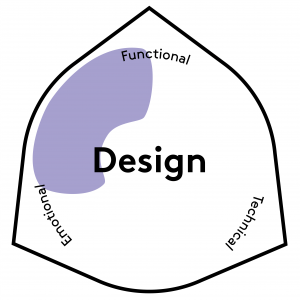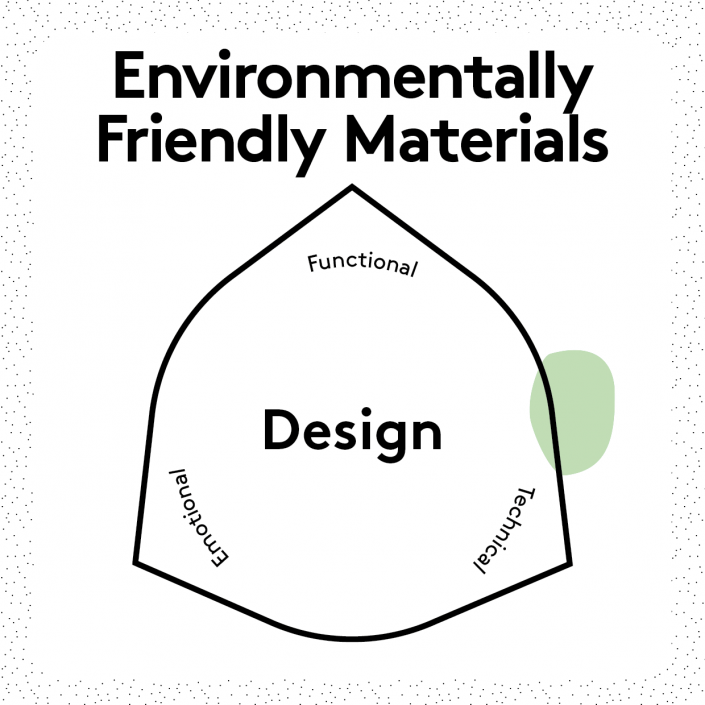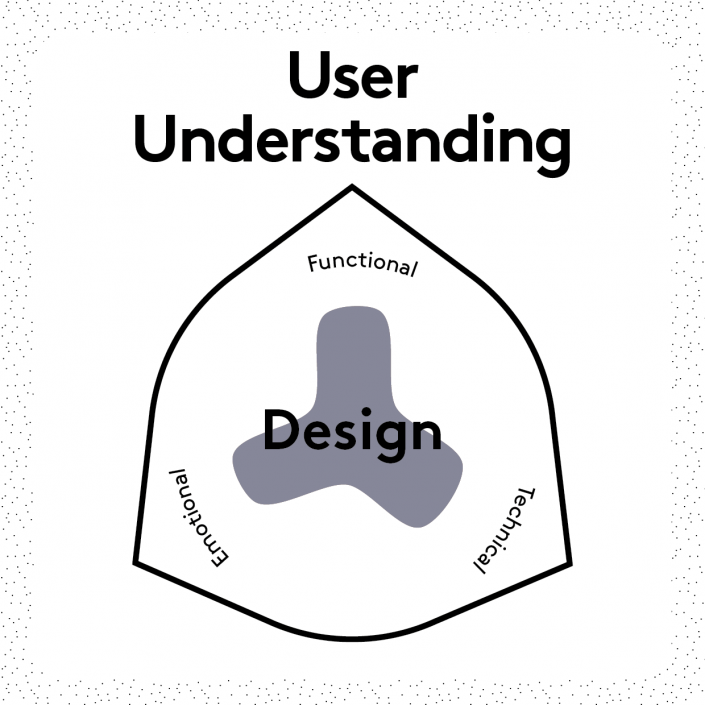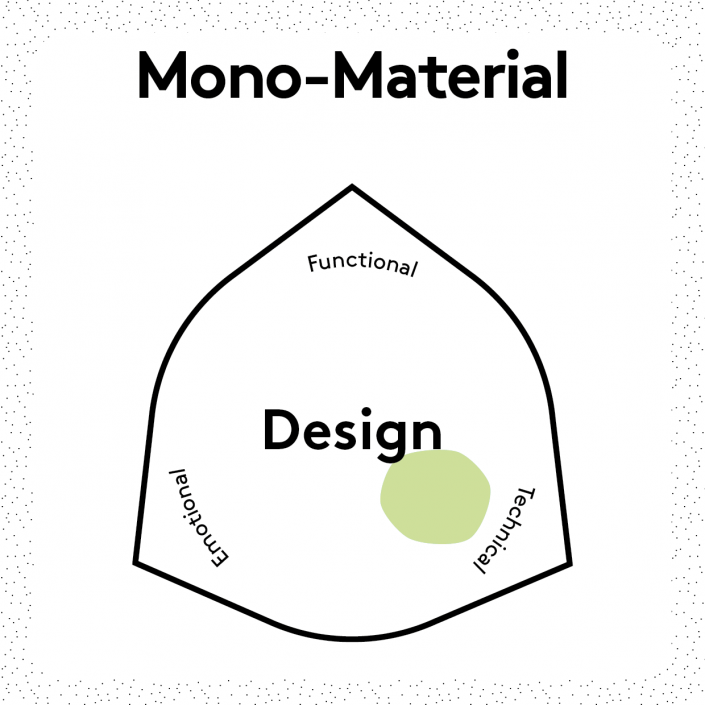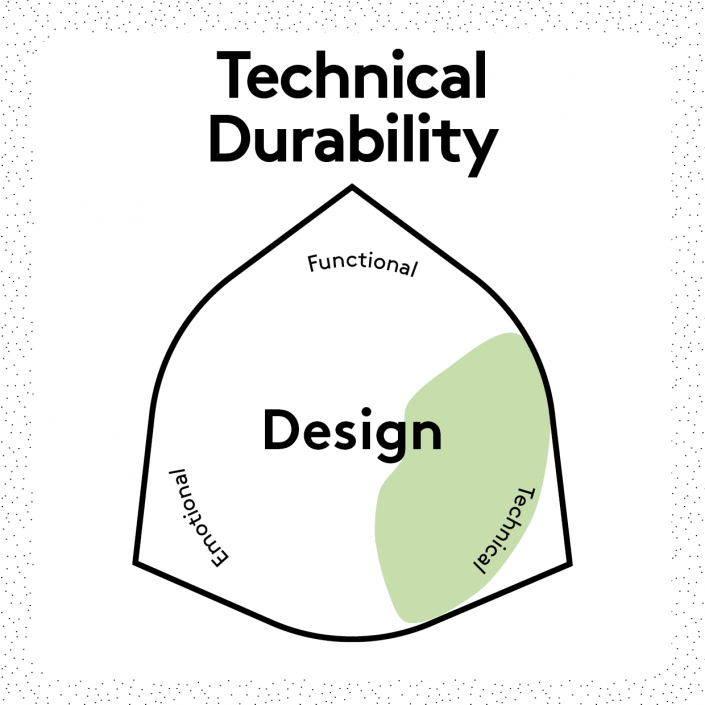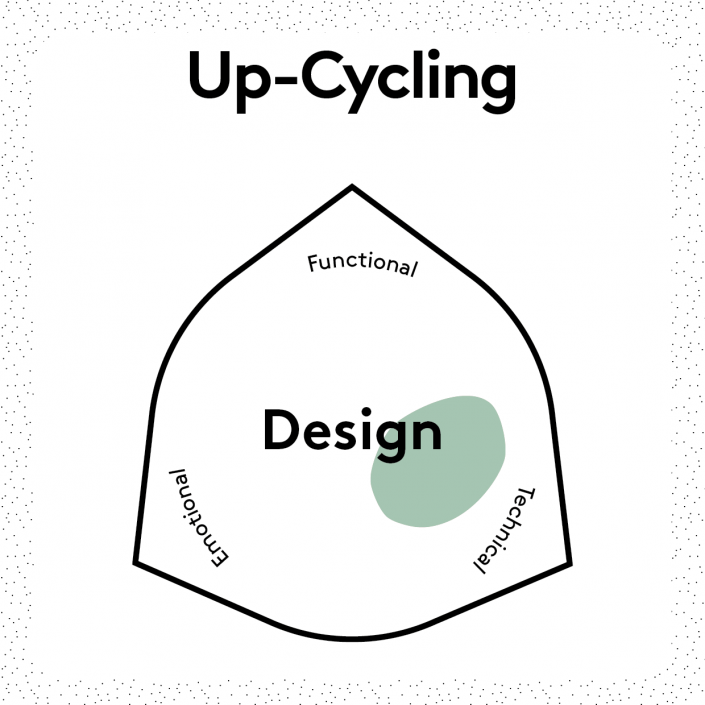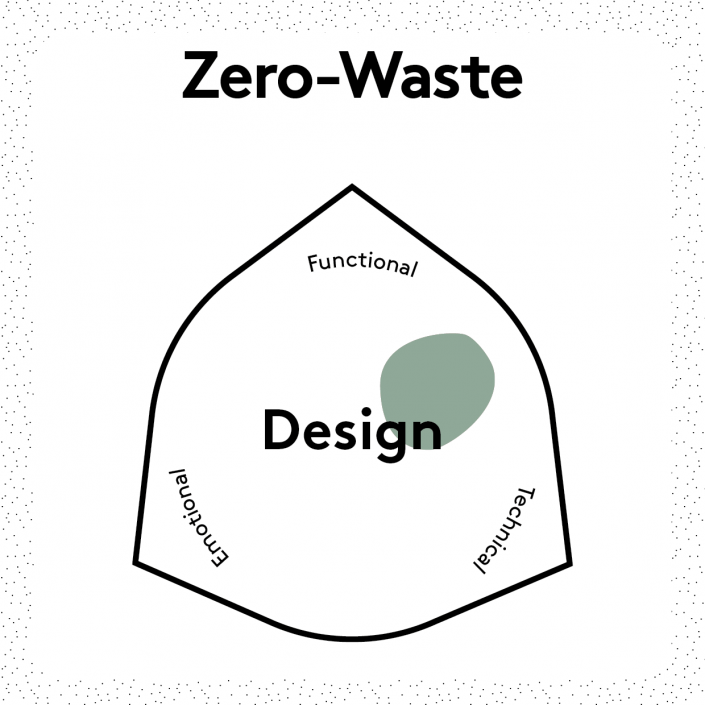What?
Re-use of products and materials in their original state or after transformation.
Why?
Re-use can prolong a product lifespan and increase the circularity of resources as they will be used again instead of becoming waste.
Challenges
- It requires collections systems that are easy to engage with for users in everyday life.
- It can be difficult for producers to process re-used materials.
Examples
- Deposit systems allow to re-use products in their original form, with actors such as the well-established Dansk Retursystem, or Loop Store.
- Harvest maps are tools for ‘mining’ locally available resources.
- Studio Basurama develops an array of projects and interventions playing with the perception of what is considered to be waste, and how to valorize it.
- Initiatives such as H&M’s fabric collection are debatable since they also fuel the consumption of new garments (with vouchers).
Further Reading
Bauer et al. (2017). Design for High Added-Value End-of-Life Strategies. In: Sustainable Manufacturing. Springer Open.
Crocker & Chiveralls (eds.; 2018). Subverting Consumerism: Reuse in an Accelerated World, Introduction. Routledge.
Jongert et al. (2011). Recyclicity: A Toolbox for Resource-Based Design. Architectural Design, 81(6), 54-61.
Lofthouse et al. (2017). Reinventing Refills: Guidelines for Design. Packaging Technology and Science, 30(6), 809-818.

